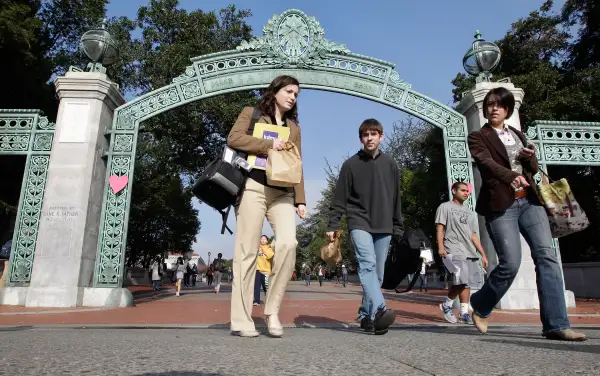These 20 Public Colleges Are the Most Likely to Pay Off Financially

Editor's note: For the 2017 version of this list, read here.
There's a fine-print gotcha in some colleges' claims of a high "return on investment," or ROI. Many of the numbers hyped by colleges and in news articles are only for students who actually make it to graduation. And at some schools, the vast majority of freshmen hoping for those big financial returns never get there.
Take, for example, West Virginia University Institute of Technology. It can claim to have one of the nation's highest returns on investment, since recent graduates of the affordable public university report earning an average of $55,700 in data compiled by PayScale.com.
But odds are, most of today's WVU Tech students won't earn anything close to that, since WVU Tech has a high dropout rate: 81% of freshmen fail to graduate from the school within six years.
Those high salaries only go to the 19% who actually manage to graduate from WVU Tech. And most of the lucky or diligent grads end up spending more time and money on college than they planned. The typical graduate of WVU Tech ends up studying for five years rather than the standard four.
To help students identify the public colleges that really do help freshmen graduate and go on to earn high salaries, Money screened through PayScale's just-released return-on-investment data.

Our analysis of the public colleges where at least 80% of freshmen graduate within six years, and at least half finish in four years, holds some surprises. A few states dominate the list, for example. Five of the public schools with the best returns on investment are in California, four in Virginia, and two in New Jersey.
(Money also uses PayScale data in our annual Best Colleges rankings, which highlight the schools with the best combination of high graduation rates, high post-graduate earnings, and low net prices.)
| School | 4-year graduation rate | PayScale.com 20-year ROI* |
|---|---|---|
| University of California-Berkeley | 72% | $806,000 |
| University of Michigan-Ann Arbor | 76% | $667,000 |
| University of California-San Diego | 57% | $643,000 |
| Virginia Polytechnic Institute and State University (Virginia Tech) | 61% | $633,000 |
| University of Illinois at Urbana-Champaign | 69% | $619,000 |
| University of Virginia | 87% | $612,000 |
| SUNY-Binghamton University | 68% | $604,000 |
| University of Texas | 52% | $571,000 |
| University of Maryland-College Park | 67% | $560,000 |
| Rutgers University | 59% | $558,000 |
| University of California-Los Angeles | 72% | $555,000 |
| James Madison University | 65% | $544,000 |
| University of Washington | 61% | $540,000 |
| The College of New Jersey | 73% | $516,000 |
| University of California-Davis | 53% | $514,000 |
| The College of William and Mary | 83% | $514,000 |
| University of Connecticut | 67% | $497,000 |
| Clemson University | 61% | $492,000 |
| University of California-Irvine | 68% | $492,000 |
| Pennsylvania State University | 66% | $473,000 |
*This 20-year net ROI is calculated by PayScale.com by first estimating the average earnings over 20 years for graduates of each school. PayScale then subtracts out the cost of four years of study at the school for students who live on campus and receive no financial aid. Then PayScale subtracts the typical earnings over 24 years for people who did not attend college. The remainder is that college's ROI.
